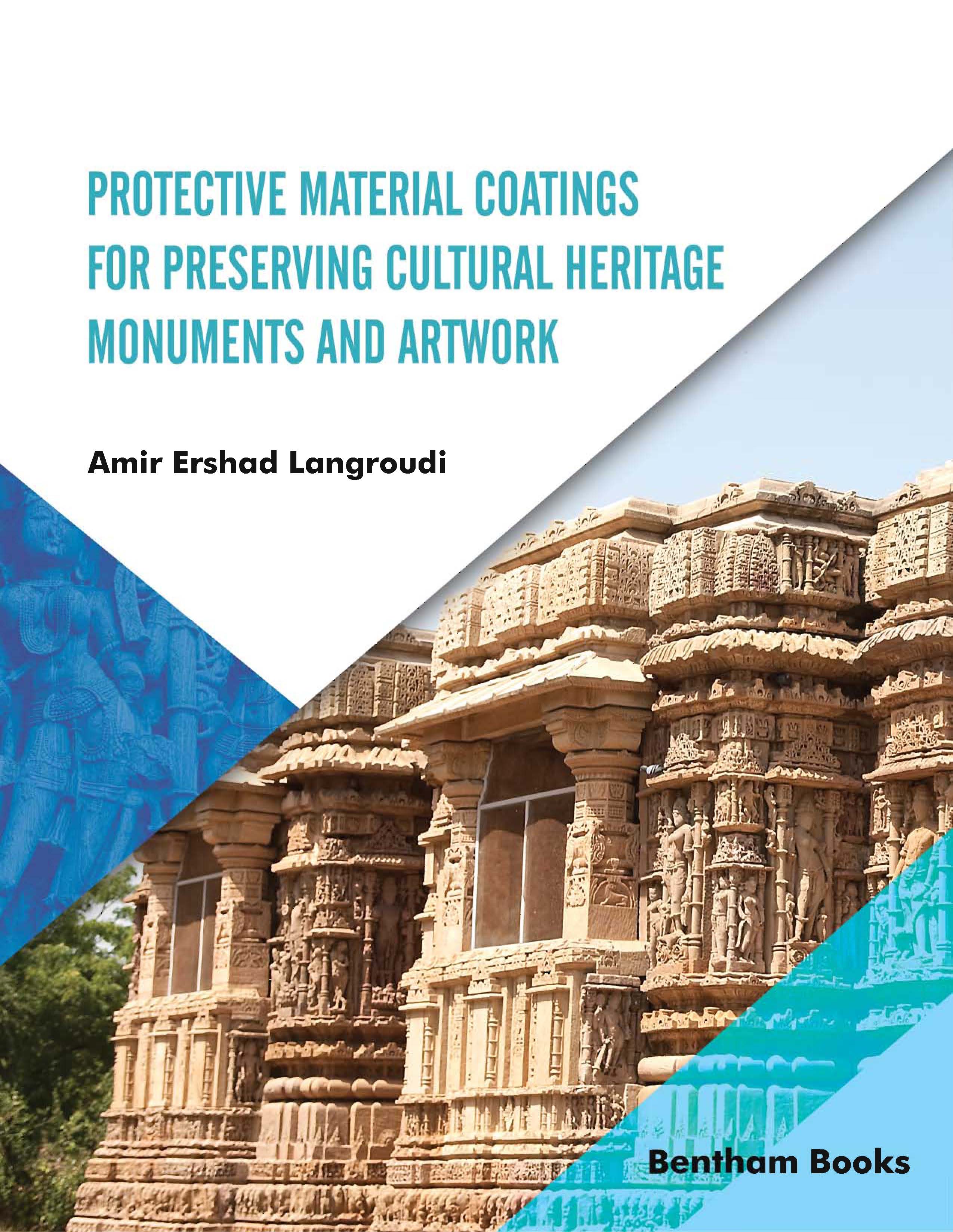Introduction
Long-standing artworks and monuments show the wisdom and cultural identity of an ancient society along with the educational, material and spiritual merits of the people of that time. However, many historical artifacts and cultural monuments have been eroded over time and are in danger of deterioration beyond repair. There is a need to protect and conserve these artifacts. Restoration and preservation requires a multidisciplinary understanding of the inherent properties of these works based on the type of material and sufficient information in the properties of protective and conservation materials and research methods.
Protective Material Coatings For Preserving Cultural Heritage Monuments and Artwork aims to familiarize students with the recent practices in conservation and restoration science in recent years by presenting a modern orientation on the subject focused on material coatings. Readers will be able to understand the properties of different materials in antique objects and how to adopt appropriate treatment methods based on these properties.
This book consists of 5 chapters. In the first chapter, materials analysis techniques are described for historical monuments along with coatings used to preserve them. The second chapter introduces the properties of metals, alloys, and their common corrosion and explains protection strategies for metal monuments. An emphasis is given to nanocomposite coatings to prevent decay, especially through electrochemical corrosion. Chapter 3 is devoted to studying natural leather and parchments and their conservation from damage by environmental factors such as UV radiation, temperature, and humidity. The fourth chapter deals with stone works, which are in many historical objects. Chapter 5 introduces the reader to additional preservation materials and innovative methods employed to protect historical monuments and cultural heritage sites. Information about the removal of materials, cleaning of improper prior repairs is also given.
Protective Material Coatings For Preserving Cultural Heritage Monuments and Artwork is an ideal book for students of archeology, architecture, materials science and contemporary arts courses who are required to learn about the techniques of preserving antique buildings and works of art. It also serves as a handy reference for professionals and general readers interested in the curation of museums and the conservation of buildings, and cultural heritage sites.
Audience: Students of archeology, architecture, materials science and contemporary arts courses who are required to learn about the techniques of preserving antique buildings and works of art; professionals and general readers interested in the curation of museums and the conservation of buildings, and cultural heritage sites.

